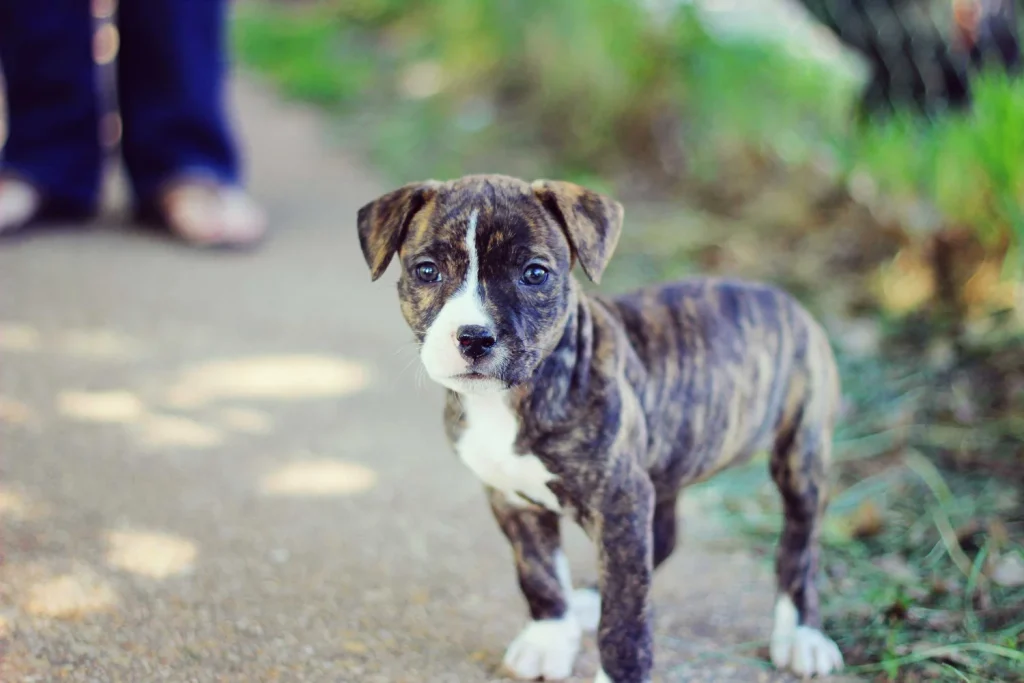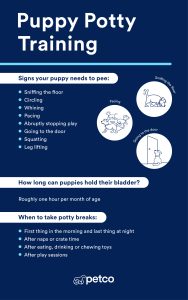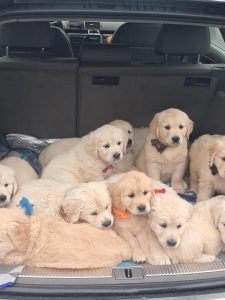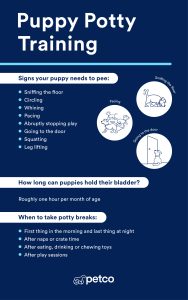Training your new Pitbull puppy to be house-trained can feel overwhelming, but it doesn’t have to be. You want a clean home and a happy dog who understands where to go.
Imagine fewer accidents, less frustration, and a stronger bond with your furry friend. You’ll discover simple, effective tips that make house training your Pitbull puppy easier than you thought. Keep reading, and you’ll be one step closer to a well-behaved, confident pup who knows exactly what you expect.
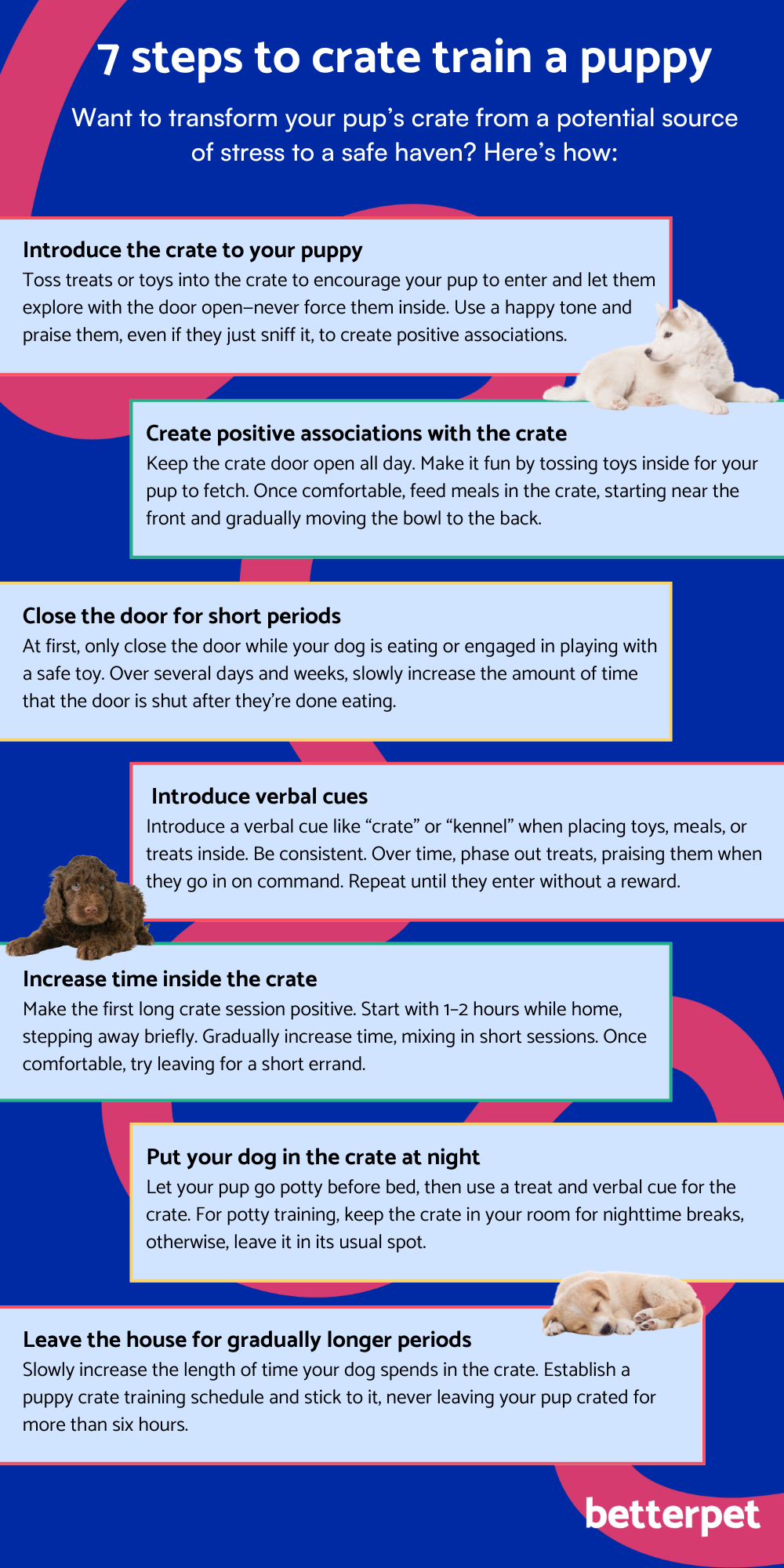
Credit: www.betterpet.com
Preparing For House Training
Training a Pitbull puppy to use the bathroom properly takes patience and planning. Preparing well helps your puppy learn faster.
Start by setting up a routine and gathering the right tools. This makes house training easier for both of you.
Choosing The Right Spot
Pick a quiet, easy-to-access spot outside where your puppy will go potty. This helps your puppy know where to go.
Use the same spot every time to build a strong habit. Avoid busy or noisy areas that can distract your puppy.
Gathering Training Supplies
Have all the supplies ready before training starts. This keeps the process smooth and helps you stay consistent.
- Leash and collar for control
- Potty pads for indoor accidents
- Cleaning spray to remove odors
- Small treats for rewards
- Crate for safe confinement
Setting A Consistent Schedule
Keep feeding and potty times regular. This helps your puppy’s body know when to go outside.
Take your puppy out first thing in the morning, after meals, and before bedtime. Repeat often to build good habits.

Credit: www.thepuppyacademy.com
Establishing A Routine
Setting a routine helps your pitbull puppy learn faster. Dogs feel safe when they know what to expect each day.
Consistency in daily activities like feeding and potty breaks makes house training easier and more effective.
Feeding And Potty Times
Feed your puppy at the same times each day. This helps control when they need to go outside to potty.
- Choose set meal times, such as morning and evening.
- Give the same amount of food each time.
- Take your puppy outside after each meal.
- Keep potty spots consistent to build habits.
Regular Bathroom Breaks
Take your puppy outside often to prevent accidents inside the house. Young puppies need more frequent breaks.
| Age of Puppy | Bathroom Break Frequency |
| 8 to 12 weeks | Every 1 to 2 hours |
| 3 to 6 months | Every 2 to 3 hours |
| 6 months and older | Every 3 to 4 hours |
Monitoring Behavior Signals
Watch your puppy for signs they need to go outside. This helps prevent accidents and reinforces training.
- Sniffing around or circling
- Whining or barking near the door
- Suddenly stopping play
- Scratching or pawing at the floor
Effective Training Techniques
Training a pitbull puppy takes patience and the right methods. Using clear techniques helps your puppy learn faster.
This guide covers positive reinforcement, crate training, and using commands to build good habits.
Positive Reinforcement
Positive reinforcement means giving rewards when your puppy does the right thing. This helps your pitbull want to repeat good behaviors.
- Use treats your puppy loves as a reward.
- Praise your puppy with a happy voice and petting.
- Reward immediately after the correct action.
- Be consistent with rewards every time you want the behavior.
Crate Training Benefits
Crate training gives your pitbull a safe space to rest. It also helps with house training and stops bad habits.
| Benefit | Description |
| Safety | Protects puppy when unsupervised |
| House Training | Teaches bladder control and prevents accidents |
| Comfort | Creates a quiet space to relax |
| Travel | Makes car rides less stressful |
Using Commands And Cues
Simple commands help your pitbull understand what you want. Clear cues make training easier and faster.
- Choose short words:Use easy commands like “sit,” “stay,” and “come.”
- Be consistent:Use the same words and tone every time.
- Use hand signals:Add gestures to help your puppy learn.
- Practice daily:Short training sessions work best.
Handling Common Challenges
House training a Pitbull puppy can be tough. Some problems happen often. Knowing how to handle them helps you and your puppy.
This guide covers three big challenges: accidents, separation anxiety, and stubbornness. Each needs a clear approach to succeed.
Dealing With Accidents
Pitbull puppies may have accidents inside the house. This is normal as they learn where to go.
Stay calm and clean the area well. Use an enzyme cleaner to remove smells and avoid repeats.
- Watch your puppy’s signals like sniffing or circling.
- Take them outside often, especially after eating or sleeping.
- Praise them when they go outside to encourage good behavior.
Managing Separation Anxiety
Pitbull puppies may feel scared when left alone. This can cause barking or chewing.
Help your puppy feel safe by giving a toy or blanket with your scent. Start leaving them alone for short times.
- Practice short separations to build trust.
- Keep departures and arrivals low-key to avoid stress.
- Use calming sounds or white noise if they get nervous.
Addressing Stubbornness
Pitbulls can be strong-willed. Training needs patience and clear rules.
Use firm but kind commands. Reward your puppy with treats and praise for good actions.
- Keep training sessions short and fun.
- Be consistent with rules and commands every day.
- Avoid punishment; focus on positive reinforcement.
Maintaining Progress
Keeping up with house training is important for your pitbull puppy’s success. Consistent effort helps your puppy learn good habits. This guide covers ways to maintain progress every day.
Small changes and regular checks make a big difference. Keep your training steady and watch your puppy grow confident and well-behaved.
Gradual Freedom Increase
Give your puppy more freedom slowly. Too much freedom too soon can cause accidents. Let your puppy explore new areas step by step.
- Start with one room at a time
- Use baby gates to limit space
- Watch your puppy closely when allowed more freedom
- Return to smaller areas if accidents happen
- Praise your puppy when they stay accident-free in new areas
Reinforcing Good Habits
Keep good habits strong by rewarding your puppy often. Repeat routines that worked well. Clear signals help your puppy understand what you expect.
| Good Habit | How to Reinforce |
| Going outside to potty | Praise and treats immediately after |
| Waiting by the door | Use a command and reward calm behavior |
| Using a crate | Make crate comfortable and give treats inside |
| Signaling to go out | Respond quickly and reward signaling |
Regular Vet Checkups
Vet visits keep your puppy healthy and help spot issues early. Health problems can cause accidents or behavior changes. Keep vaccinations and exams on schedule.
Check these vet visit points regularly:
- Vaccinations up to date
- Parasite prevention
- Weight and growth monitoring
- Check for urinary tract infections
- Discuss any changes in behavior or accidents
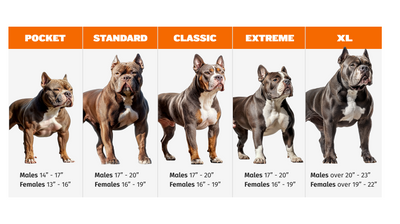
Credit: shop.bullymax.com
Frequently Asked Questions
How Long Does House Training A Pitbull Puppy Take?
House training a Pitbull puppy usually takes 4 to 6 weeks. Consistency and patience speed up the process. Regular potty breaks and positive reinforcement are key. Each puppy learns at its own pace, so stay committed for best results.
What Are The Best House Training Methods For Pitbulls?
Use crate training, scheduled potty breaks, and positive reinforcement. Reward your Pitbull puppy immediately after they go outside. Avoid punishment as it can cause fear and confusion. Consistency and routine help your puppy learn faster and more effectively.
How Often Should I Take My Pitbull Puppy Outside?
Take your Pitbull puppy outside every 1 to 2 hours. Also, take them out after eating, drinking, playing, or waking up. Frequent trips reduce accidents and teach proper bathroom habits. Regular schedules help your puppy adapt quickly to house training.
What Common Mistakes Hinder Pitbull House Training Success?
Inconsistent schedules, lack of supervision, and punishing accidents hinder training. Skipping regular potty breaks confuses the puppy. Always reward good behavior and clean accidents promptly. Patience and consistency are crucial to avoid setbacks during training.
Conclusion
Training a Pitbull puppy requires patience and consistency. Always use positive reinforcement. This encourages good behavior. Keep training sessions short and fun. Puppies learn best with repetition. A routine helps them feel secure. Remember to be gentle and understanding. Mistakes will happen; it’s part of learning.
Celebrate small successes to build trust. Your puppy wants to please you. With time, they will learn what you expect. Enjoy the journey of training. It strengthens your bond. A well-trained puppy becomes a cherished family member. Keep the focus on love and patience.
You’ll see great results.

Emily Barker is the founder of ChillDogLife.com, a space dedicated to helping pup parents discover the best dog products, lifestyle tips, and cozy ideas for happier homes.
A lifelong dog lover, Emily combines her passion for pets with a knack for research to share trusted recommendations on everything from toys and furniture to health and everyday care.
Her goal is simple: to make life easier, stylish, and more joyful for dogs and the people who love them.
